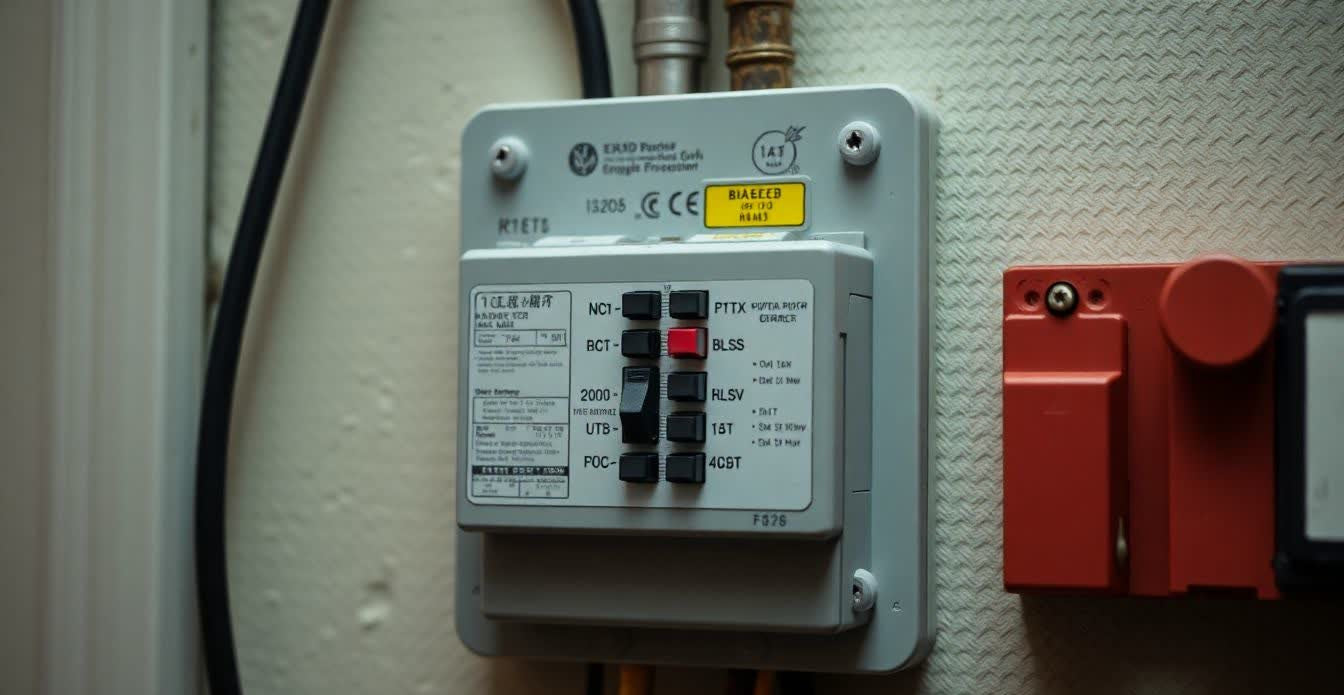
Understanding Surge Protective Devices and How They Guard Your Home
In today’s tech-savvy world, our homes are filled with electronic devices, from computers to smart appliances. Protecting these valuable investments from power surges is essential, and this is where Surge Protective Devices (SPDs) come into play. Let’s dive into what SPDs are, how they function, and why they are vital for home safety.
What are Surge Protective Devices?
A Surge Protective Device is a device designed to protect your electrical gadgets and home wiring from voltage spikes. These spikes can occur due to various reasons, including lightning strikes, power outages, and even large appliances cycling on and off. SPDs work by diverting excess voltage away from sensitive devices, ensuring they remain unscathed during electrical surges.
Types of Surge Protective Devices
There are two primary types of SPDs: point-of-use devices and whole-house devices.
1. Point-of-Use Devices: These are plug-in units that are typically used for specific electronics, such as computers, televisions, and home theaters. They function as power strips with built-in surge protection, offering a convenient way to safeguard individual devices.
2. Whole-House Devices: These are installed at the main electrical panel and protect all electrical systems in your home from surges. Whole-house SPDs are more comprehensive and provide a first line of defense against surges originating from outside your home.
How SPDs Work
When an electrical surge occurs, SPDs detect the excess voltage and respond rapidly—often in a matter of nanoseconds. The device redirects the excess energy safely into the grounding system, preventing it from reaching sensitive equipment. Once the surge passes, the SPD resets itself, ready to protect against future surges.
Why You Need Surge Protective Devices
Investing in SPDs is essential for several reasons:
1. Protection of Electronics: Modern electronics can be extremely sensitive to voltage fluctuations. A single power surge can damage or destroy key components, sometimes leading to expensive repairs or replacements.
2. Preventing Data Loss: For devices that store crucial information, such as computers and servers, power surges can lead to data loss. SPDs help maintain data integrity by keeping electrical fluctuations in check.
3. Safety Assurance: Surges can lead to overheating and potential fires. SPDs help mitigate this risk, providing additional safety for your home and family.
4. Cost-Effectiveness: While SPDs represent an upfront investment, the protection they provide can save you money in the long run by preventing damage to costly electronics and reducing repair costs.
Choosing the Right SPD
When selecting an SPD, consider the following factors:
- Joule Rating: This indicates how much energy the device can absorb before it fails. A higher joule rating means better protection.
- Response Time: Look for devices with fast response times to ensure they can react quickly to surges.
- Clamping Voltage: This is the voltage level that the SPD allows through before it starts to block excess energy. Lower clamping voltages generally offer better protection.
Conclusion
In an era where our reliance on electronic devices continues to grow, understanding and implementing Surge Protective Devices is more crucial than ever. Whether through point-of-use devices or whole-house protection, SPDs guard against destructive power surges that can harm your valuable equipment and endanger your home. By investing in the right surge protection, you’re not just protecting your devices but also ensuring peace of mind for you and your family.